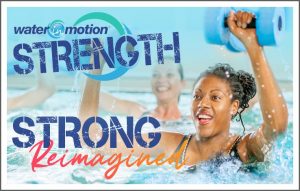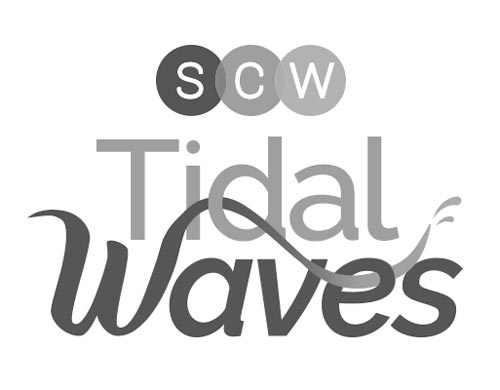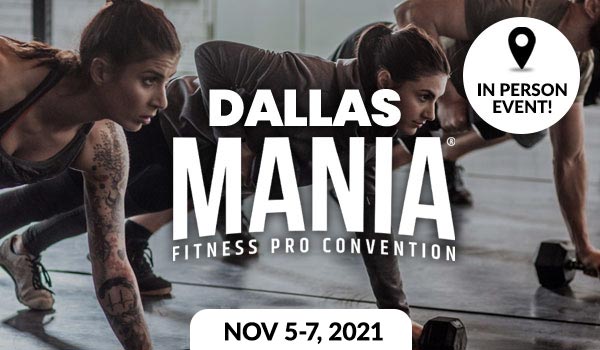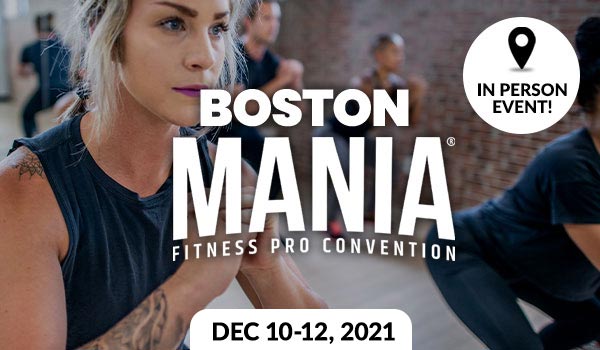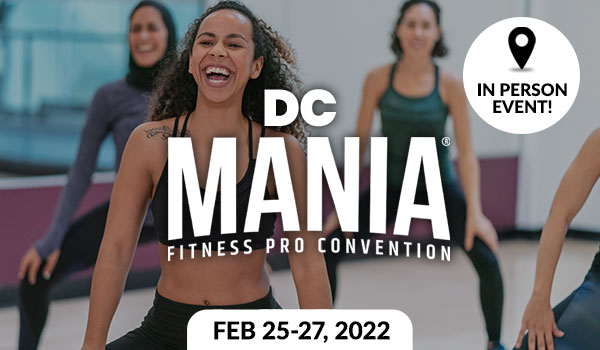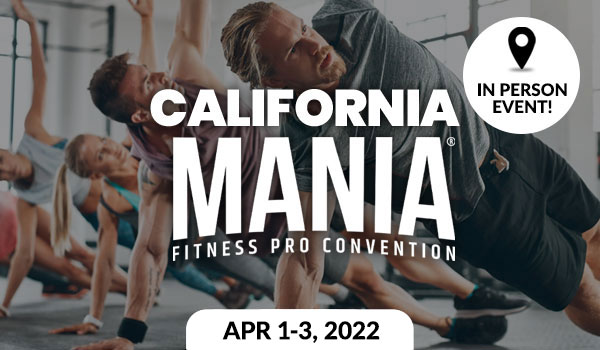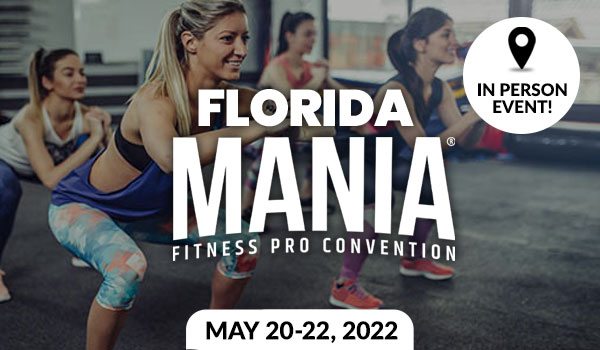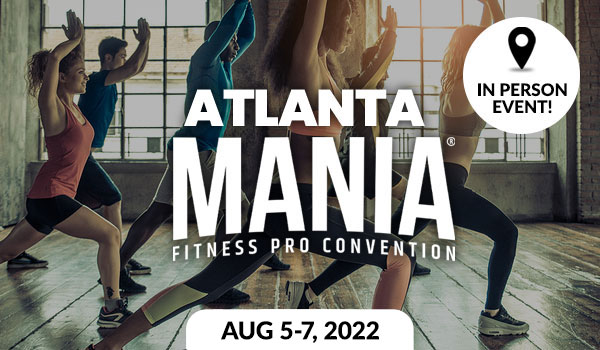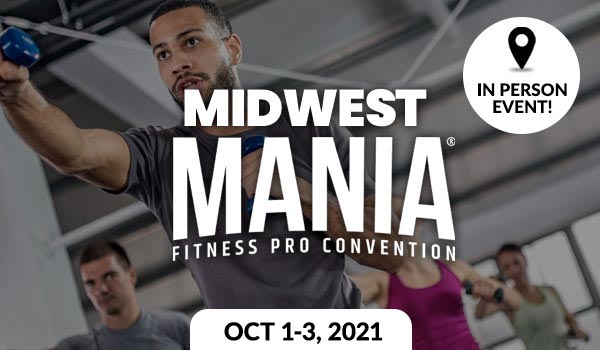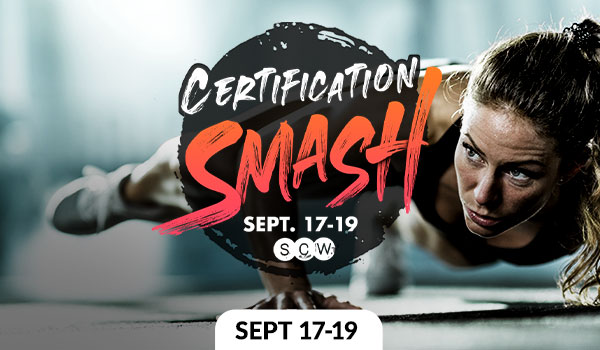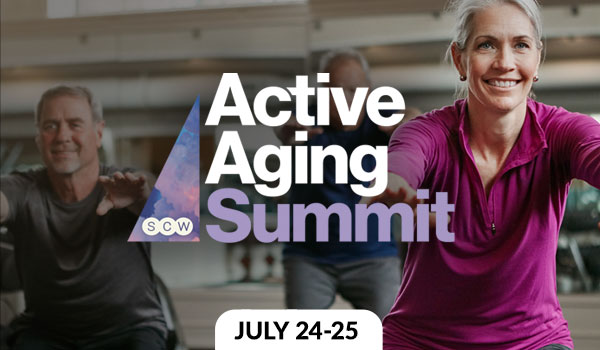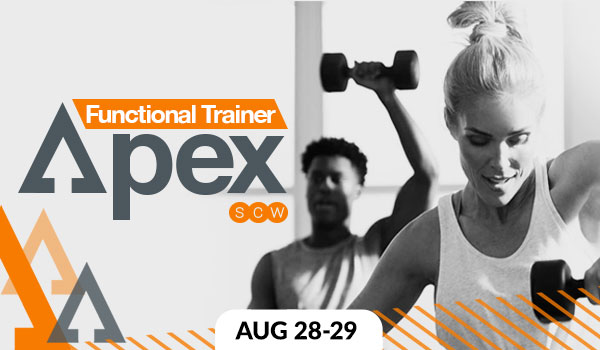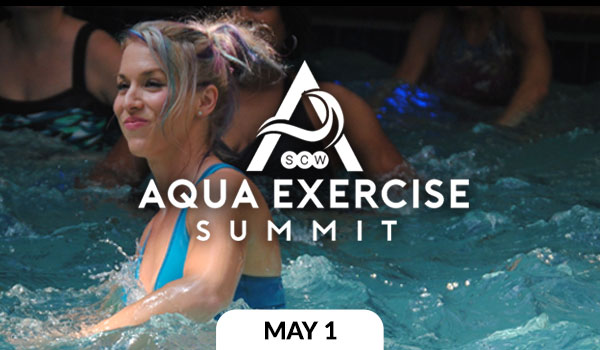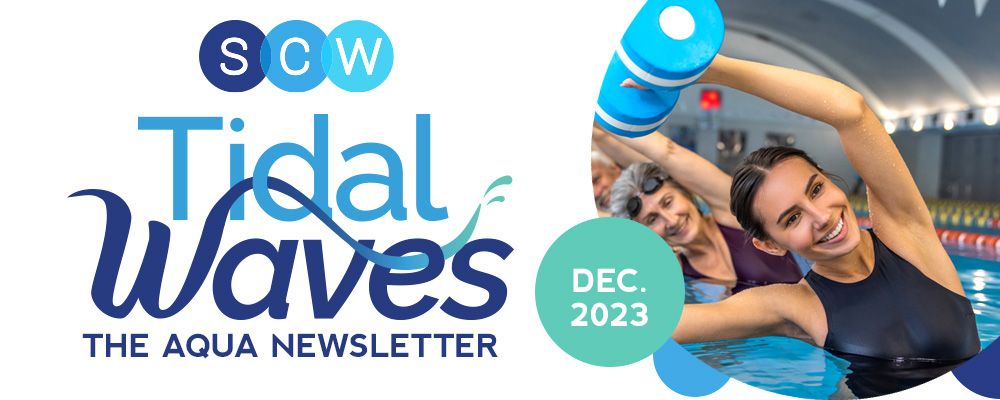
Why Buying Aqua Shoes Improves Your Chances of Getting Fit
By: James Alexander
Courtesy of Critical Hit
Are you aiming to get fitter in unique and enjoyable ways? Have you considered adding some splash to your fitness routine? Water-based exercises, beyond being engaging and exciting, have proven to offer a wide range of fitness benefits. However, to make the most of these energizing workouts, there’s one essential piece of equipment you’ll need – a sturdy pair of aqua shoes. They are designed to cater to the needs of water sports enthusiasts and swimmers. Water shoes are specially crafted to protect your feet while still being able to function optimally underwater. Throughout this post, we’ll dive deep into exploring how these shoes can dramatically enhance your water workouts, increasing their efficiency and consequently, improving your overall fitness levels. Furthermore, we’ll take a look at several fitness activities optimized by swimming shoes.
The Benefits of Aqua Shoes
Water shoes offer a variety of benefits. Above all, they protect your feet, particularly while you engage in water activities. They keep your feet safe from sharp pebbles, jagged rocks, and other underwater hazards. Optimal performance in water is another hallmark of aqua shoes. Unlike conventional sneakers, these shoes are intended to function underwater, often crafted from quick-drying materials that can withstand prolonged submersion in water.
Additionally, swimming shoes, like those available at https://threo.nz/product/barefoot-aqua-shoes, provide superior grip on wet and slippery surfaces. Many water workouts require you to maintain stability on a wet floor or surface. With the enhanced grip, workout safety is substantially boosted, reducing the risk of slipping or falling.
Improving Fitness Sessions with Water Shoes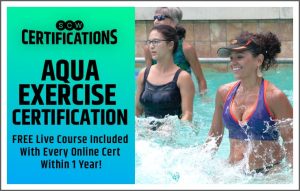
Water-based activities come with numerous benefits ranging from muscle toning, and improving flexibility and balance, to elevating cardiovascular health. However, many do not realize the noticeably amplified benefits that come with using water shoes. They are not exclusively designed for protection or creating a firm foot grip on wet surfaces; they also contribute significantly towards advancing the output of your fitness sessions.
How does this work? Let’s start with understanding the construct of these shoes. They are crafted with slightly heavier sole material than ordinary shoes, leading you to expand a marginally higher amount of energy in each movement. When this is extrapolated to a full-length workout session, the total energy expended could be significantly greater than a session without water shoes. This higher energy expenditure can lead to improved fitness in a much shorter time.
Moreover, their design enables a more considerable range of foot motion, supporting flexibility, according to WebMD. As a result, you can perform more extensive workout routines, and lead your foot in various directions – sideways, upward, downward, and complete circles, without hindering your movement or causing discomfort. This mobility aids in conducting diverse workouts in the water, potentially working out different muscle groups more steadily.
Also, because of the increased weight and impedance of swimming shoes, they tend to strengthen your lower body muscles more than exercising barefoot or with regular sneakers. Muscles in your feet, calves, and thighs might undergo intensive toning due to the additional resistance provided by the shoes against the water.
In essence, water shoes offer a dual advantage. They serve their primary purpose of protection and grip while simultaneously enhancing the effectiveness of your fitness sessions. Once you start incorporating them into your water workout routines, you might just hit your fitness goals a bit sooner than you had envisaged.
Types of Water-Based Workouts
You can leverage the advantage of swimming shoes in several water-based workouts. These include Aqua dance and Aqua therapy, where the shoes offer better foot protection and improved dance or therapy movements.
For those who love Aqua jogging, they provide a defensive layer against any sharp objects and sea creatures. They also reduce the impact of each stride you take, making it easier on your joints. In swimming laps and snorkeling, these shoes protect your feet from potential underwater hazards, while in water aerobics and paddleboarding, they enhance grip and stability.
The journey to buying the right pair is indeed crucial, as the process demands just as much deliberation as choosing everyday sneakers. However, the factors that you need to consider can be slightly different, owing to their specific purpose – enhancing your water workout sessions. Here’s a quick guide to aid you in making the right choice:
- Size: Unlike your regular shoes, aqua shoes need to fit snugly onto your feet. They should not be loose enough to risk slipping off during a workout, and they should not be too tight to cut off circulation or cause discomfort. A practical way to ascertain your size is to try them on and walk or jog a little to test comfort and fit;
- Material: The material must be quick-drying, lightweight, and durable. Shoes made from neoprene or mesh fabric tend to be the most preferred ones, given their durability and ability to dry quickly;
- Sole: Here’s where water shoes differ significantly from ordinary sneakers. The soles should be sturdy, with excellent grip or traction for better stability during water workouts. Rubber soles are ideal as they offer firm gripping ability on wet and slippery surfaces;
- Drainage System: Proper drainage is essential to prevent water logging inside the shoes. Choose pair that have efficient drainage systems, usually, tiny holes near the sole, to let out water that may have seeped in during workouts;
- Design: The design is inevitably a personal preference. But a well-designed shoe can directly impact your comfort and the quality of your workout. Consider your activity type: if you are into paddleboarding or water sports, closed-toe designs might be best for enhanced protection, while for aqua aerobics or swimming, open-toe designs could suffice.
Remember, getting the perfect pair significantly contributes to the effectiveness and safety of your water workouts, says this website. So, dedicate some time to finding the pair that’s just right for enhancing your journey to fitness.
Conclusion
In conclusion, integrating aqua shoes into your fitness regimen is likely to be a step in the direction of greater sports outcomes. These versatile shoes don’t just offer protection and increased grip on slippery surfaces during your water workouts; they also contribute significantly towards improving your efficiency, facilitating more detailed workouts, and maximizing the energy and effort that you put into your fitness routine. Remember, however, the effectiveness of your water shoes largely depends on how well they fit and meet your specific needs. Hence, selecting the right pair is crucial. Ready to dive into your next water workout with your new pair? Be prepared to welcome a stronger and fitter version of yourself!
Follow us on IG: https://www.instagram.com/scwmania/
Like our FB page: https://www.facebook.com/scwmania
Follow us on X: https://twitter.com/scw_mania
Connect with us on LinkedIn: https://www.linkedin.com/company/scwfit/
Follow us on IG:
https://www.instagram.com/scwmania/
Like our FB page:
https://www.facebook.com/scwmania
Follow us on X:
Connect with us on LinkedIn:
Splashy and Stronger in 2024
By: Mark Grevelding
Courtesy of PoolFit
What physical activities do you love to do? Walking, gardening, biking, golf, pickle ball, dancing or others? Join Stephanie Thielen in the pool for the water exercise video, Aquatic Skills, a 40-minute shallow water workout that is designed to help you level up your daily living performance. The low-impact environment of the pool is the perfect place to effectively train health and skill-related fitness components.
Health-related Components of Fitness
All of Poolfit’s workouts train one or more of the health-related components of fitness, which include cardiorespiratory endurance, muscular strength, muscular endurance, flexibility and body composition. Health-related fitness components are directly related to the ability to effectively perform activities of daily living (ADLs). Physical inactivity can lead to poor health that leaves people prone to chronic disease and a diminished quality of life.
 Skill-Related Components of Fitness
Skill-Related Components of Fitness
Skill-related fitness components relate to the skills required to perform a specific physical activity or sport and include power, agility, balance, speed, coordination and reaction time. In order to successfully participate in any kind of sport or activity, competitive or recreational, it is important to train skill related fitness components. For example, to play Pickleball the fitness component of cardiorespiratory endurance is required. But to get good at Pickleball, you need to train the skill-related components of power, agility, speed and reaction time. Watch Stephanie talk more about health and skill related fitness components and Aquatic Skills. Aquatic Skills Water Exercise Video | Poolfit
Pool Workout-at-a-Glance
This 40-minute water exercise video features a combination of health and skill components that help you level up your daily living performance. This pool session targets mobility, cardio, strength, balance, agility, core, power and flexibility with eight 5-minute segments.
Skill 1: Mobility
Joint mobility is a part of the health-related fitness component of flexibility and refers to joint range of motion (ROM). Prepping the joints, muscles, ligaments and tendons with rhythmic movement is an ideal way to start any workout.
Skill 2: Cardio
Cardiorespiratory endurance is a health-related fitness component that helps you have the stamina to participate in longer duration activities.
Skill 3: Strength
This segment includes movements that help improve the health-related fitness components of muscular endurance and muscular strength.
Skill 4: Balance
Balance is a skill-related component that is required for almost all physical activities and sports. Training balance can also be considered a health-related component because balance skills are required for ADLs and independent living.
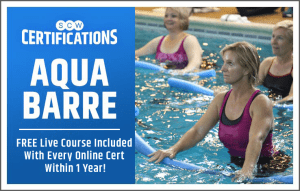 Skill 5: Core
Skill 5: Core
Core training pertains to muscular endurance and strength of the core muscles and is important for nearly all physical activities and sports. A strong core also improves posture for optimal health.
Skill 6: Agility
Agility is the capacity to change course, controlling the direction and position of your body while maintaining your momentum. Agility is one of the most common motor skills trained for sports performance.
Skill 7: Power
Power is a combination of speed and muscular force. Athletes are always looking to improve their speed and explosiveness. Plyometric exercises are often used in fitness to train power.
Skill 8: Flexibility
Flexibility refers to the range of motion in a joint or a group of joints, correlated with muscle length. The loss of flexibility is one of the leading cuases of disability and chronic injury.
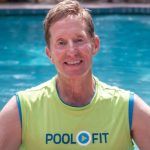 About the Author: Mark Grevelding
About the Author: Mark Grevelding
Mark Grevelding is the founder of Fitmotivation. He is also a training specialist and consultant with the Aquatic Exercise Association’s (AEA). Mark has been active in the fitness industry for 22 years as a group fitness instructor, personal trainer, international presenter and a continuing education provider for AEA, AFAA & ACE.
Follow us on IG: https://www.instagram.com/scwmania/
Like our FB page: https://www.facebook.com/scwmania
Follow us on X: https://twitter.com/scw_mania
Connect with us on LinkedIn: https://www.linkedin.com/company/scwfit/
Follow us on IG:
https://www.instagram.com/scwmania/
Like our FB page:
https://www.facebook.com/scwmania
Follow us on X:
Connect with us on LinkedIn:
Ride the Wave into the New Year
DC MANIA® – February 23-35
Be scared, very scared! 2024 is here in less than a month. Are you, your classes, and pool ready? Prepare your schedule with new programming and instructors. DC MANIA®, February 23-25, is brimmed to the rim with new sessions, presenters, connections, and of course equipment. Choose from 15 Live, In-Person Aqua sessions along with adding 15 pre-recorded workshops dedicated to keep your pool overflowing. Register today and save 25% on everything until 12/31 with code YEAREND.
Follow us on IG: https://www.instagram.com/scwmania/
Like our FB page: https://www.facebook.com/scwmania
Follow us on X: https://twitter.com/scw_mania
Connect with us on LinkedIn: https://www.linkedin.com/company/scwfit/
Follow us on IG:
https://www.instagram.com/scwmania/
Like our FB page:
https://www.facebook.com/scwmania
Follow us on X:
Connect with us on LinkedIn:
Throwback 30 Years: If You Can’t Stand the Cold, Don’t Get Out of the Pool
By: Carol Krucoff
Courtesy of The Washington Post
As director of a water exercise program, Mary Sanders faced a serious problem each year when the thermometer dropped. “I hate to be cold,” says Sanders, who used to dread the blue-lipped, goose-bumpy condition endured by nearly anyone who has been in a pool in winter.
Although pools are typically heated to between 82 and 86 degrees for aqua-aerobics and 78 degrees for lap swimmers, the air is often cold, making the prospect of that first plunge difficult. And at any temperature below 98.6, humans are likely to feel chilled until they begin to move vigorously and exercise warms their body.
 But when Sanders started scuba diving about seven years ago, she discovered that — just as on land — the right clothing can make the difference between a miserable workout and a fun one. “I started making Lycra chill-vests for myself and friends,” recalls Sanders, who does research at the University of Nevada at Reno and directs the Wave Aerobics water fitness program. “Today, most people in my classes wear vests over their swimsuits or they wear tights or unitards under them. It keeps you warm, it gives you support and it’s comfortable.”
But when Sanders started scuba diving about seven years ago, she discovered that — just as on land — the right clothing can make the difference between a miserable workout and a fun one. “I started making Lycra chill-vests for myself and friends,” recalls Sanders, who does research at the University of Nevada at Reno and directs the Wave Aerobics water fitness program. “Today, most people in my classes wear vests over their swimsuits or they wear tights or unitards under them. It keeps you warm, it gives you support and it’s comfortable.”
Like Sanders, a growing number of America’s estimated 4 million water aerobics enthusiasts now wear more than just bathing suits. Leotards, tights and aquatic exercise shoes are standard apparel in many water aerobics classes, particularly as the temperature outdoors drops.
“I work with many senior citizens with arthritis, and the extra warmth can be critical,” says Cathy Grubman, water aerobics coordinator at Sport and Health Inc., which owns and operates 12 athletic facilities in the Washington metropolitan area and manages three more. Encouraging students to “layer on Lycra” has helped counter their tendency to “bail out when the weather gets cool,” Grubman says. “The trouble is, it’s hard to find this stuff.”
Standard aerobic apparel made of synthetics such as Lycra, nylon or spandex will hold up fairly well in a pool, say instructors who send students to bike shops, scuba stores or mail-order outlets. Swimsuit manufacturer Speedo recently dove into the market with a new line of athletic wear that works well on land or in water, and several smaller specialty firms manufacture vests and unitards designed for water aerobics.
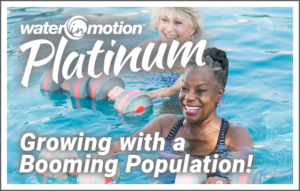 “No one would consider going outside in winter without a coat, so why not dress appropriately in the pool, too?” says former navy diver Don Douglas, who constructed a small vest for his infant son out of wetsuit material (neoprene) back in 1981. Today, his company, D.K. Douglas of Longmeadow, Mass., manufactures vests and pants for water exercisers, and has experienced a 700 percent growth over the past three years. “There is,” Douglas says, “a growing realization that you don’t have to tolerate being chilled.”
“No one would consider going outside in winter without a coat, so why not dress appropriately in the pool, too?” says former navy diver Don Douglas, who constructed a small vest for his infant son out of wetsuit material (neoprene) back in 1981. Today, his company, D.K. Douglas of Longmeadow, Mass., manufactures vests and pants for water exercisers, and has experienced a 700 percent growth over the past three years. “There is,” Douglas says, “a growing realization that you don’t have to tolerate being chilled.”
“When you’re cold, all the blood moves to your torso to protect the vital organs,” notes Ruth Sova, president of the Wisconsin-based Aquatic Exercise Association. “Wearing appropriate clothing warms the torso” and allows the blood to move into the arms and legs where you need it to exercise. While Sova has worn specially made, full-body unitards for nearly a decade, the idea has taken hold among others, she says, just in the past few years. “I encourage my students to dress this way because it also gives the class a more professional exercise attitude,” she says.
To find suitable apparel, check fitness-oriented retailers for non-cotton garb that can be worn in a pool. Garments made for triathletes, who swim, bike and run in the same outfit, work well.
Follow us on IG: https://www.instagram.com/scwmania/
Like our FB page: https://www.facebook.com/scwmania
Follow us on X: https://twitter.com/scw_mania
Connect with us on LinkedIn: https://www.linkedin.com/company/scwfit/
Follow us on IG:
https://www.instagram.com/scwmania/
Like our FB page:
https://www.facebook.com/scwmania
Follow us on X:
Connect with us on LinkedIn:
New Fitness Scholarship for Personal Trainers in Memory of Atchara Seesawat
Atchara Seesawat was a Personal Trainer and a close, personal friend of Sara Kooperman, CEO of SCW Fitness. Her ability to assess fitness clients through visual review and tactile analysis, along with her deep appreciation and commitment to education and excellence led Atchara to be one of the most sought-after trainers in the North Shore area of Chicago.
During her teenage years, Atchara migrated from Thailand and finished her education in the United States. Like many immigrants, Atchara experienced racism because of her heritage, but due to her core nature of kindness and tolerance she never wavered from her true self and passion. Her dedication to her craft and commitment to excellence and inclusion inspired this SCW Fitness Education Scholarship.
To honor the life and professional career of Atchara Seesawat, SCW is awarding a FREE 3-day registration to an in-person MANIA® Convention for a 1 on 1 trainer or group instructor who is looking to improve their client experience and expand their ability to help others. This scholarship is available to both experienced individuals or new trainers who strive to maintain the high-quality of training and dedication to excellence that Atchara Seesawat demonstrated throughout her life, but does not have the financial means to pay for an educational conference.
This individual must reflect the passion, high-standards, and desire to succeed in the Fitness Industry set forth by Atchara. For more information and to apply for the scholarship visit www.scwfit.com/ATCHARA.
Atchara was a dear friend of Sara’s who passed away all too soon from pancreatic cancer. SCW Fitness is encouraging donations to the American Cancer Society honoring the life and legacy of Atchara Seesawat.
Follow us on IG: https://www.instagram.com/scwmania/
Like our FB page: https://www.facebook.com/scwmania
Follow us on X: https://twitter.com/scw_mania
Connect with us on LinkedIn: https://www.linkedin.com/company/scwfit/
Follow us on IG:
https://www.instagram.com/scwmania/
Like our FB page:
https://www.facebook.com/scwmania
Follow us on X:
Connect with us on LinkedIn:
Looking To Hire? FREE Job Board
In Need of Teachers, Trainers, Directors, or Managers? SCW’s new FREE JOB BOARD is supporting the industry’s need for qualified fitness pros.
Best of all there is NO COST to you. We will post your openings in all three of our monthly e-newsletters: Spotlite, Health & Fitness Business News, and Tidal Waves which are emailed out to tens of thousands of fitness professionals teaching and training in all formats along with managers and directors at all fitness facilities: big box, gyms, boutique, studios, not for profits and independent centers.
Follow us on IG: https://www.instagram.com/scwmania/
Like our FB page: https://www.facebook.com/scwmania
Follow us on X: https://twitter.com/scw_mania
Connect with us on LinkedIn: https://www.linkedin.com/company/scwfit/
We’re always looking for great content highlighting the newest things in the world of aquatic fitness. Please submit your article directly to editor@scwfit.com for immediate consideration!
Give us your feedback on what interests you, and maybe YOU will make it in the SCW Tidal Waves!
Tidal Waves, January 2025
Tidal Waves, November 2024
Tidal Waves, October 2024
Tidal Waves, June 2024
Tidal Waves, May 2024
Tidal Waves, April 2024
Tidal Waves, March 2024
Tidal Waves, February 2024
Tidal Waves, January 2024
Tidal Waves, December 2023
Tidal Waves, November 2023
Tidal Waves, October 2023
Tidal Waves, September 2023
Tidal Waves, August 2023
Tidal Waves, July 2023
Tidal Waves, June 2023
Tidal Waves, May 2023
Tidal Waves, April 2023
Tidal Waves, March 2023
Tidal Waves, January 2023
Tidal Waves, November 2022
Tidal Waves, September 2022
Tidal Waves, July 2022
Tidal Waves, June 2022
Tidal Waves, May 2022
Tidal Waves, April 2022
Tidal Waves, March 2022
Tidal Waves, February 2022
Tidal Waves, January 2022
Tidal Waves, November 2021
Tidal Waves, October 2021
Tidal Waves, August 2021
Tidal Waves, July 2021
Tidal Waves, June 2021
Tidal Waves, May 2021
Tidal Waves, April 2021
Tidal Waves, March 2021
Tidal Waves, January 2021

